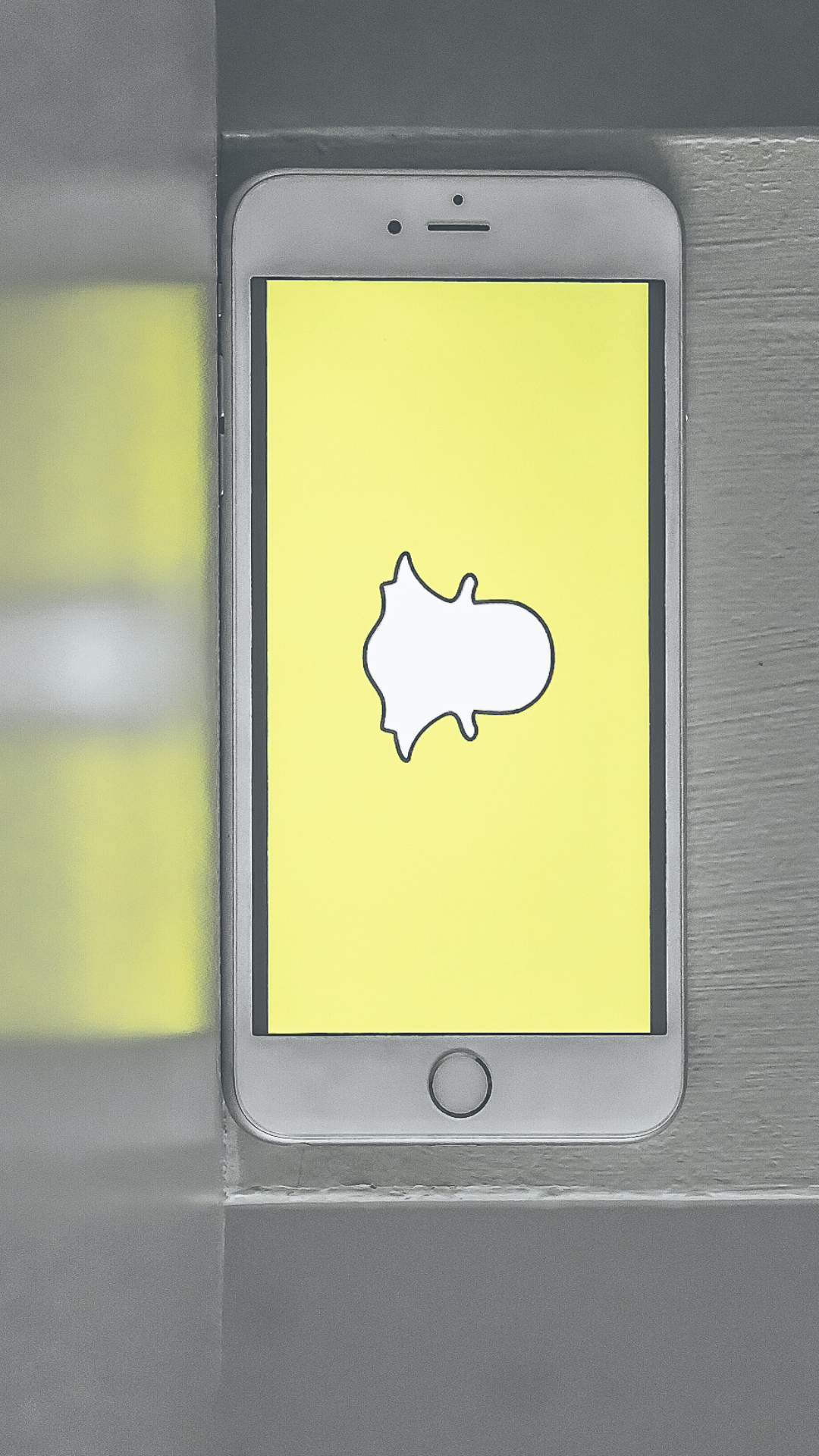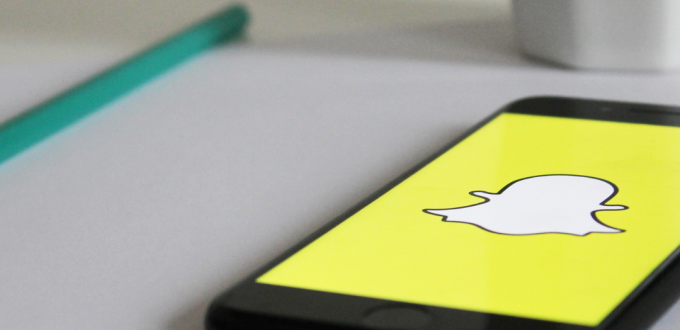Experiences:
We asked this father if he had any real life experiences where it really highlighted to him that social media was an issue in the younger generations. His experiences were as follows;
“I bought 4-5 kids the same age as my son to a basketball tournament, teams traveled from all over the EU to this. I noticed that the Irish kids were the worst mannered when it came to smartphones. No one really spoke to each other; they all had their heads in their phones. They appeared to not be as friendly and not present at the moment due to the dependency on screen time. One child on the drive there in the car flicked through 3 hours of Instagram shorts continuously. Not engaging with any other friends. The content that this child was consuming was not age appropriate, scrolling through the likes of Andrew Tate & anti-women content.”
Andrew Tate is controversial social media figure and former kickboxer, has gotten significant attention for his content, which is often described as promoting hyper-masculinity, wealth, and a traditionalist view of gender roles. His influence, particularly on younger audiences, has raised concerns due to the nature of his messaging. The messages he sends around on social media are more often than not centered around toxic masculinity, gender stereotypes, objectification of women and many more. Parents should be aware that this type of content exists on the internet and can be very harmful to impressionable ears.
We asked if he had any firsthand experience with social media trends that integrated their way into the household. He gave us this example:
“Social media trends are often extremely inappropriate content and often are not understood by the child fully. A few years back while watching the Junior Eurovision Song Contest, on announcing the winner, who was female, one of my sons (now 14, 10 at the time) came out and said ‘Smash’. This is in reference to the recent ‘Smash or Pass?’ trend online. Users would make videos of people and reference smash if they found them attractive and pass if they didn’t think they were up to par. It left me wondering why and how a child of this age would be able to put into context what this trend really means and how they became aware of it. Answer: social media trends reinforced by algorithms.”




